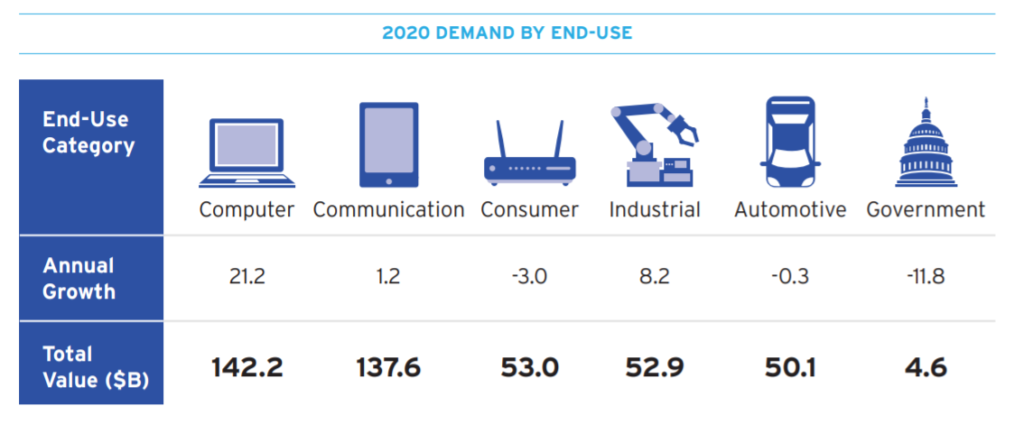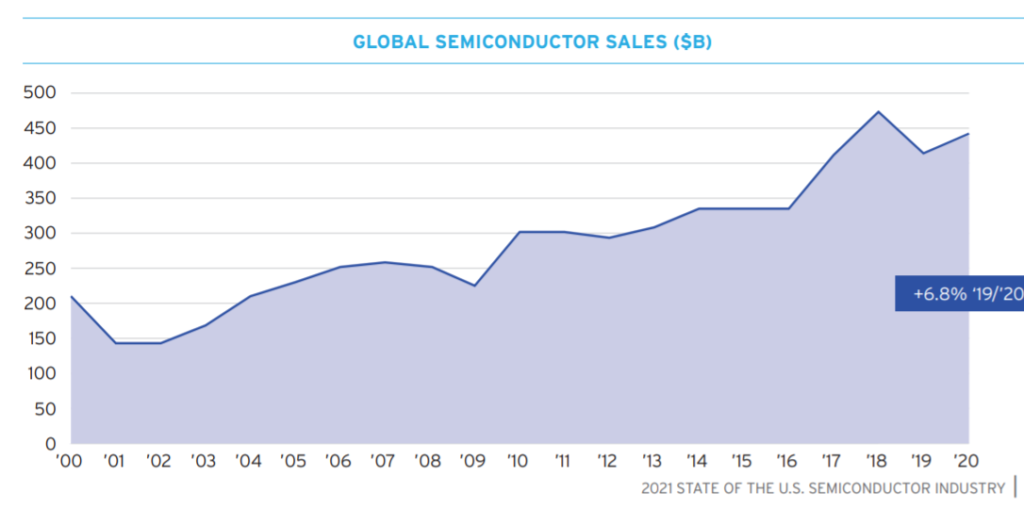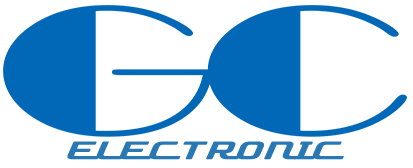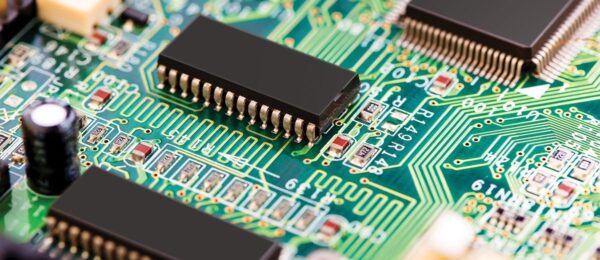
チップ不足が続く理由は主に供給が需要を上回っているためだ。

焦点を当てる:
1. 疫病によりホームオフィス、ホームエンターテイメント、電子商取引の発展が促進され、テクノロジー製品の需要が急増しているが、チップ工場の建設には長い時間がかかり、成長率に追いつけない需要の;
2. コーネル大学の教授は、「誰もがチップを生産したいなら、同じ装置を調達するでしょう」と述べました。有毒化学物質を扱うには、訓練を受けた専門家のみが「コアを作成」できるため、労働力不足の状況につながるためです。
3. すべての面で供給が不足している場合、既存のリソースはより要求の厳しい最先端のチップに傾き、旧式のチップは比較的二次的な位置に置かれます。
新型コロナウイルス感染症(COVID-19)の流行発生から現在に至るまで、チップ不足は常に電子製品のサプライチェーンを悩ませてきた。この感染症の流行により、2年近くにわたり業界に混乱が生じている。多くのテクノロジー製品の中核であるチップは依然として深刻な不足にあります。ゲーム機、ネットワーク機器、医療機器、自動車などの業界のメーカーは依然としてチップセットの不足に苦しんでいます。

当初、この問題はメーカーが需要に応えるために努力を強化するか、需要が自然に冷めるかのいずれかで自力で解決すると考えられていましたが、現在では “コア不足” 問題は依然として非常に深刻です。
切りくずの問題は軽減されていませんが、制御がより困難になっています。都市の封鎖や全国民の自宅隔離は過去のものとなったが、チップ不足は依然として大きな問題となっている。
サプライチェーンの問題により、ドイツでの電気自動車の生産が停止されました。 AP通信は9月、中核不足のため、GMとフォードの多くの北米組立工場が一時生産を停止したと報じた。テスラのCEOイーロン・マスク氏はかつて従業員向けの社内メールで、テスラの納入量は世界的なチップ不足の状況に依存しており、不足は依然として深刻であると思い出させた。
今年10月、Appleは業績不振の原因をチップ不足に帰したと発表した。 iPhone 13はチップ不足のため1000万減産されるとの報道もあった。インテルはまた、供給不足が2023年まで続く可能性があると警告した。
ゲームハードウェア業界も景気が良くない。任天堂も今月、チップ不足などの要因により売上予想を引き下げる必要があると発表した。任天堂は今年度の総販売台数を2,400万台と予想しているが、これは従来の販売目標である2,550万台を約6%下回る。
つまり、半導体サプライチェーンは新たな方法で拡張されてきましたが、これは深く根付いており、解決が困難です。需要の成長率はチップ企業の能力を超えており、特に幅広い基本コンポーネントの使用は、需要の大幅な変動によりいくつかの大きな投資リスクをもたらします。
半導体業界アナリスト会社IC Insightsの市場調査担当バイスプレジデント、ブライアン・マタス氏は次のように述べた。 “世界経済は感染症の影響で長期間停滞しており、サプライチェーンはまだ回復していない。”
チップ不足が続く理由は供給が需要を上回っていることが主な理由で、チップの需要は依然として急増しているが、新しい工場の建設は必ずしも一朝一夕にできるわけではない。さらに、歴史の循環的な変化も一部の投資家を落胆させています。
需要は急速に増加しているが、新しい工場の建設はそれほど早くない
2020 年、新型コロナウイルス感染症の経済的影響が徐々に明らかになり、チップ業界は需要の増加を予測し始めています。半導体産業協会のデータによると、2019年の世界のチップ売上高は12%減少しました。しかし2019年12月、同協会は世界のチップ産業が2020年に5.9%、2021年に6.3%成長すると予測しました。

最新のデータによると、2020年8月から2021年8月までの世界のチップ売上高は29.7%増加した。クラウドコンピューティングや5G技術の推進による需要の恩恵を受け、自動車や家電などさまざまな製品でもチップの使用が増加している。
Harvard Business School professor and former Intel director David Yoffie said that home office, home entertainment and e-commerce have caused the demand for many high-tech products to skyrocket, which is beyond many people’s expectations.
Chip makers didn’t realize the continued strength of this demand until about a year ago, but the transition did not happen overnight. It will cost billions of dollars to build a new chip factory, and it will take several years. Joffe pointed out: “It will take about two years to build a new factory. And the factory is getting bigger and bigger, the cost is getting higher and higher, and it’s getting more and more complicated.”
Sony and TSMC recently announced that they will invest 7 billion U.S. dollars to build a chip factory capable of producing old components in Japan, but it will not start production until the end of 2024. Intel is also investing in the construction of several new technologically advanced factories, but they will not go online until 2024.
Joffe pointed out that only the Dutch company ASML (one of the world’s largest semiconductor equipment manufacturers) can supply the extreme ultraviolet lithography machine required to produce cutting-edge chips, priced at up to 120 million U.S. dollars. But ASML cannot speed up the supply and meet the surge in demand.
Equipment and materials shortage
半導体の製造に必要な物品の多くも不足している。プリント回路基板を製造するための基板、つまりチップが固定される表面は、常に購入が困難でした。
これらの電流プレートはチップ間の通信の鍵となります。コーネル大学ナノ科学技術研究センターの運営責任者であるロン・オルソン氏も、個人用保護具や天然ガスパイプなど、製造プロセスに関連する一部の複雑な品目でも納期が遅れていると指摘した。
新しい工場の建設や既存工場の生産能力の拡大も、半導体製造装置のサプライチェーンに圧力をかけます。 “私たちはチップ工場に注目しがちですが、チップ工場がチップ工場になるためには一連のものが必要であり、これらのものが現在問題を抱えています。” コーネル大学材料工学教授クリス・オーバー(Chris Ober)氏はこう語った。 “みんなが望むなら、あなたがチップを生産すれば、同じ装備を手に入れるでしょう。”
高度に専門化された半導体装置メーカーの数は限られており、納期は非常に長いです。さらに、これらのデバイスを工場に設置して信頼性をテストするのにも多くの時間がかかります。
“設備の購入には半年から1年かかり、その後様々なプロセス開発や設備の評価が必要となります。” オルセン氏はこう語った。 “時間がかかります。”
人手不足
To meet the ever-increasing demand for chips, in addition to building more chip factories, more people have to be recruited. The semiconductor trade organization IPC issued a report at the end of September that nearly four-fifths of manufacturers have difficulty recruiting suitable workers, and the problems in Europe and North America are particularly severe.
To deal with the toxic chemicals used in the chip production process, employees have to receive special training, which brings another bottleneck to the increase in labor. Companies are now relying on higher salaries, more flexible working hours, and training and education opportunities to attract new employees.
The Oregonian of the United States reported that Intel has even placed “help wanted” advertisements on TV and radio, specifically recruiting work-study college students.
Resources tilt towards cutting-edge chips, “difficult to produce” old chips
The further impact of insufficient resources is reflected at this time-not all chips are “born equal.”
Simple semiconductor components such as power control chips, micro-control chips and sensors have become the main source of shortages. The complexity of these devices is far less than the CPU and GPU used in smartphones and game consoles, and the manufacturing processes used are not too complicated. But their application range is extremely wide, from microwave ovens to medical equipment to toys, almost all products will use this kind of electronic components.
電子部品プラットフォームのソーサビリティ担当バイスプレジデント、ジョシュ・プッチ氏によると、多くの製品で使われている電源制御チップの価格はかつてはわずか1ドルだったが、現在は150ドルまで高騰しているという。 IC Insightsによると、こうしたコンポーネントの納期は4~8週間から24~52週間に延長されたという。旧式のチップ製造装置は現在入手困難であり、これらの製品の不足によりそのような装置の需要が高まっています。
Market research company Gartner predicts that the global chip factory capacity utilization rate will reach 95.6% in the second quarter of 2021, compared to only 76.5% in the second quarter of 2019. Gartner analyst Gaurav Gupta (Gaurav Gupta) said that this shows that the factory is already running at full capacity because some production lines need to be shut down for maintenance.
Chip foundry company GlobalFoundries CEO Tom Caulfield (Tom Caulfield) said in October this year that his company’s production capacity has been booked until 2023. Some products of Analog Devices are facing extremely high demand. The CFO of this company told investors in August this year that orders have been scheduled for the next fiscal year beginning this month.
Part of the challenge facing chip manufacturers is that some customers may have “double booking” situations, that is, deliberately over-purchasing in order to prevent insufficient supply, resulting in unpredictable future demand trends. “The shortage of stock caused by double bookings made the situation worse,” said Willy Shih, a professor at Harvard Business School.
Analysts believe that companies that can produce these chips may be reluctant to invest in new plants because of the meager profits of such chips and the strong cyclical nature of the semiconductor industry. Demands often skyrocket and plummet. They worry that the oversupply of chips in the future will drive down product prices.
“Looking back at the history of the semiconductor industry, you will find that after profits and prices have skyrocketed, there will be a serious decline cycle.” Harvard Business School’s Jofi said, “We don’t know whether the current demand growth can continue.”
Although there are many new chip production capacities, most of them will be used to satisfy cutting-edge products. A report released by Gartner in January this year predicts that chip manufacturers will invest 146 billion new capacity this year, an increase of 50% over 2019, but only a small part of it will be used for more common old chips.
In theory, increasing the production capacity of cutting-edge chips can free more factories to produce older chips, but this will not happen when the supply is in short supply. Sourceability’s Pushi said that although companies have recently begun to invest in building capacity for old-fashioned chips, they must make customers commit to two-year orders before considering starting construction.

When will the chip be missing?
ASML CEO Peter Wennike (Peter Wennink) recently explained: “Last year because of the epidemic, customers were very cautious. But looking back, they seem to be overly cautious and suppress demand too small. Now demand is soaring and we It will definitely take a while to achieve a ramp-up of production capacity.” In his view, it will take 2022 to meet today’s output demand.
Intel CEO Pat Gelsinger (Pat Gelsinger) said that the surge in online activities during the COVID-19 pandemic has triggered a “semiconductor explosive growth cycle.” He added: “Although the industry has taken some measures to resolve the recent tensions, it will take two years for the entire ecosystem to resolve the shortage of chips, substrates and components.”
TSMC Chairman Liu Deyin is optimistic about his ability to meet demand. He said last year: “We currently think… we can meet the minimum requirements of our customers by the end of June (2020).” But as he said, this does not mean that the shortage will disappear soon. “There will be delays. Especially for automotive chips, the supply chain in this industry is long and complicated. The supply time will take seven or eight months.” He added.











